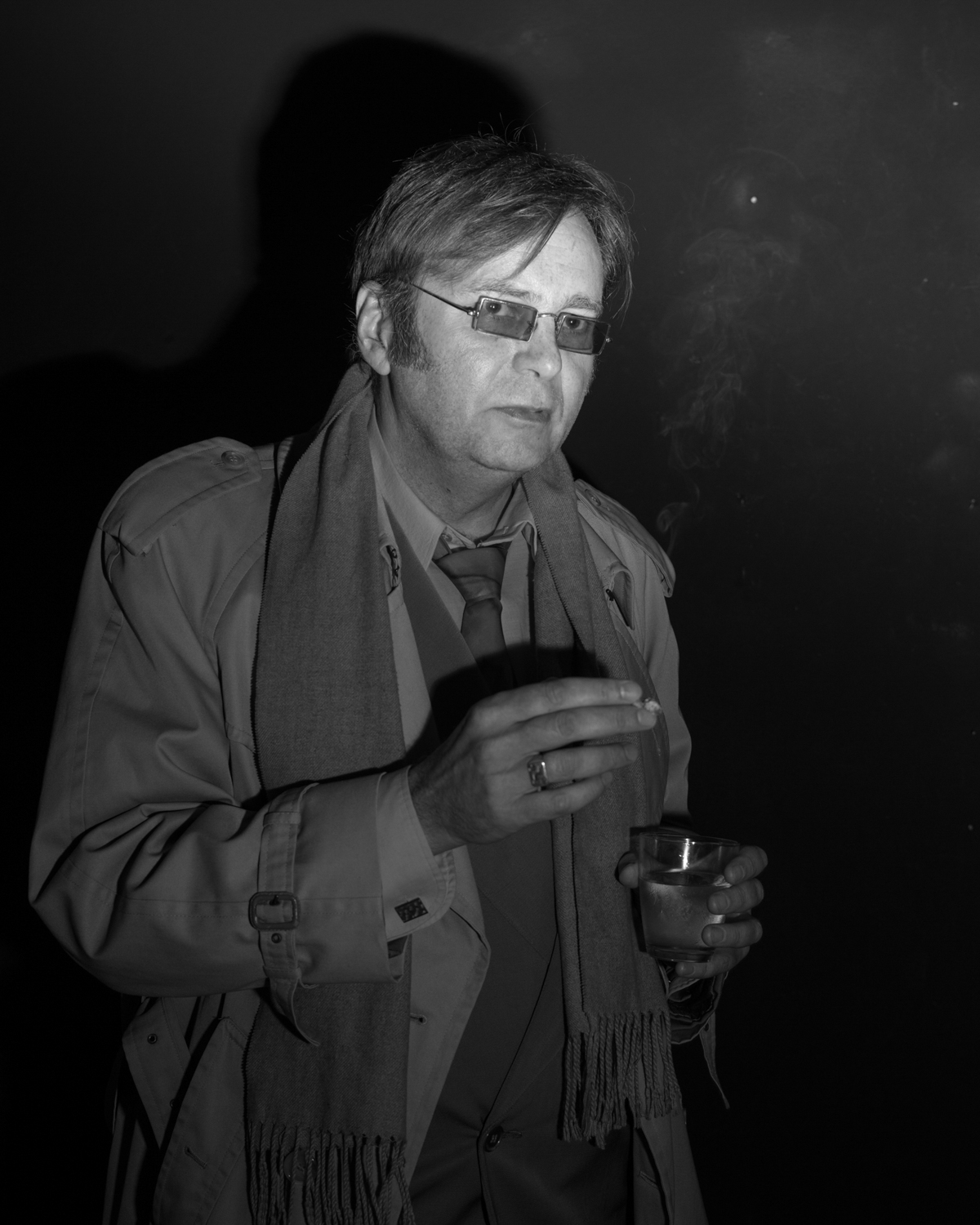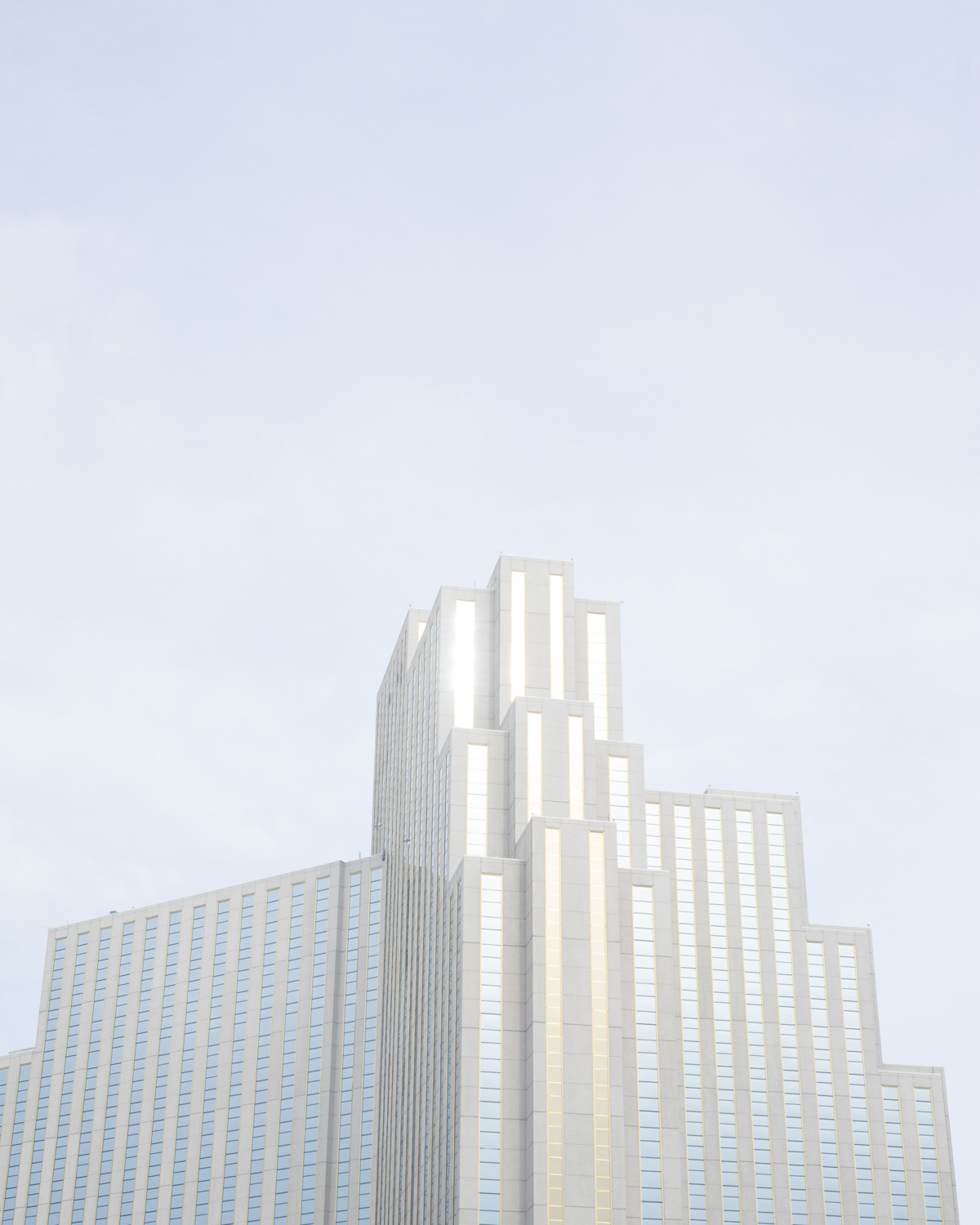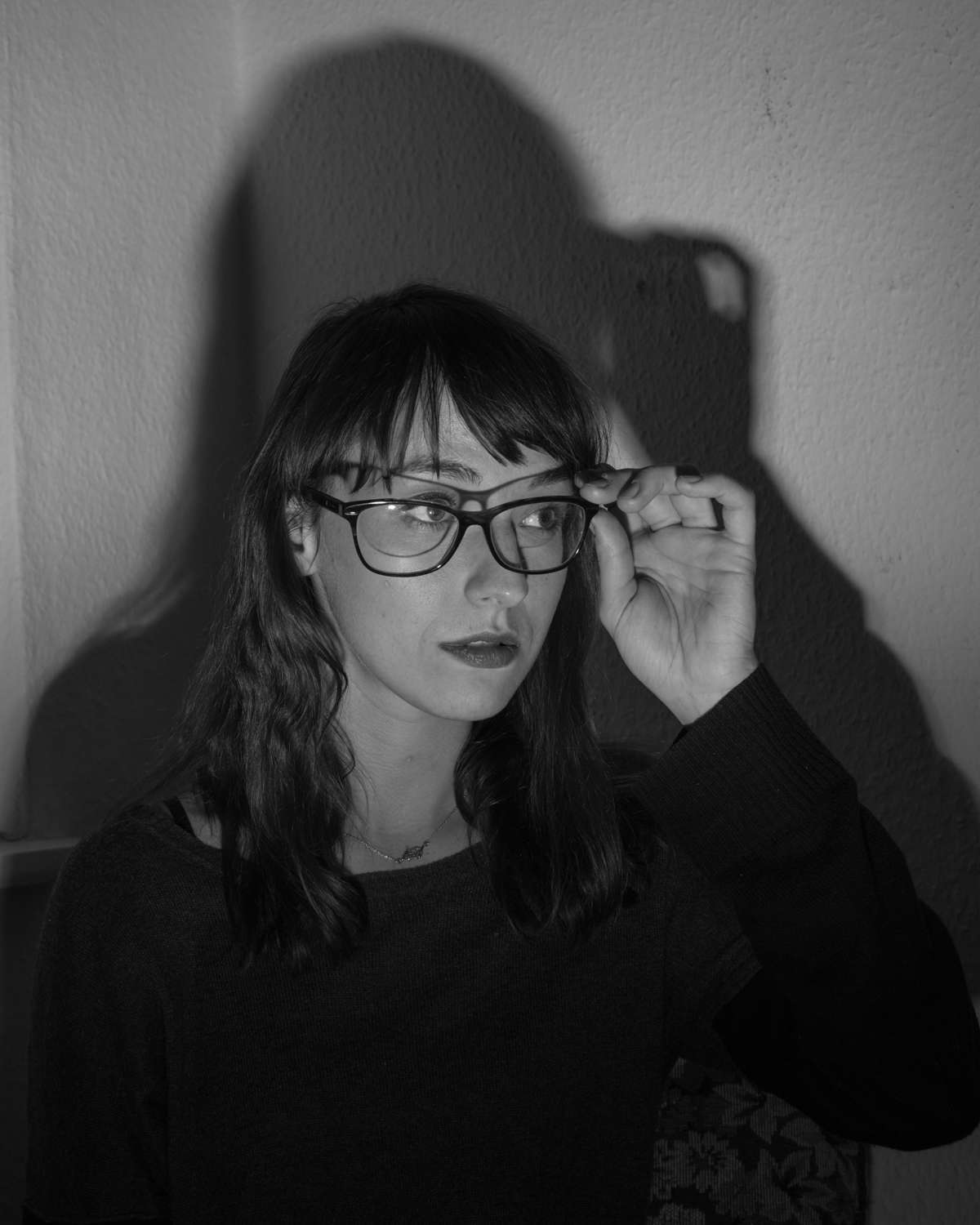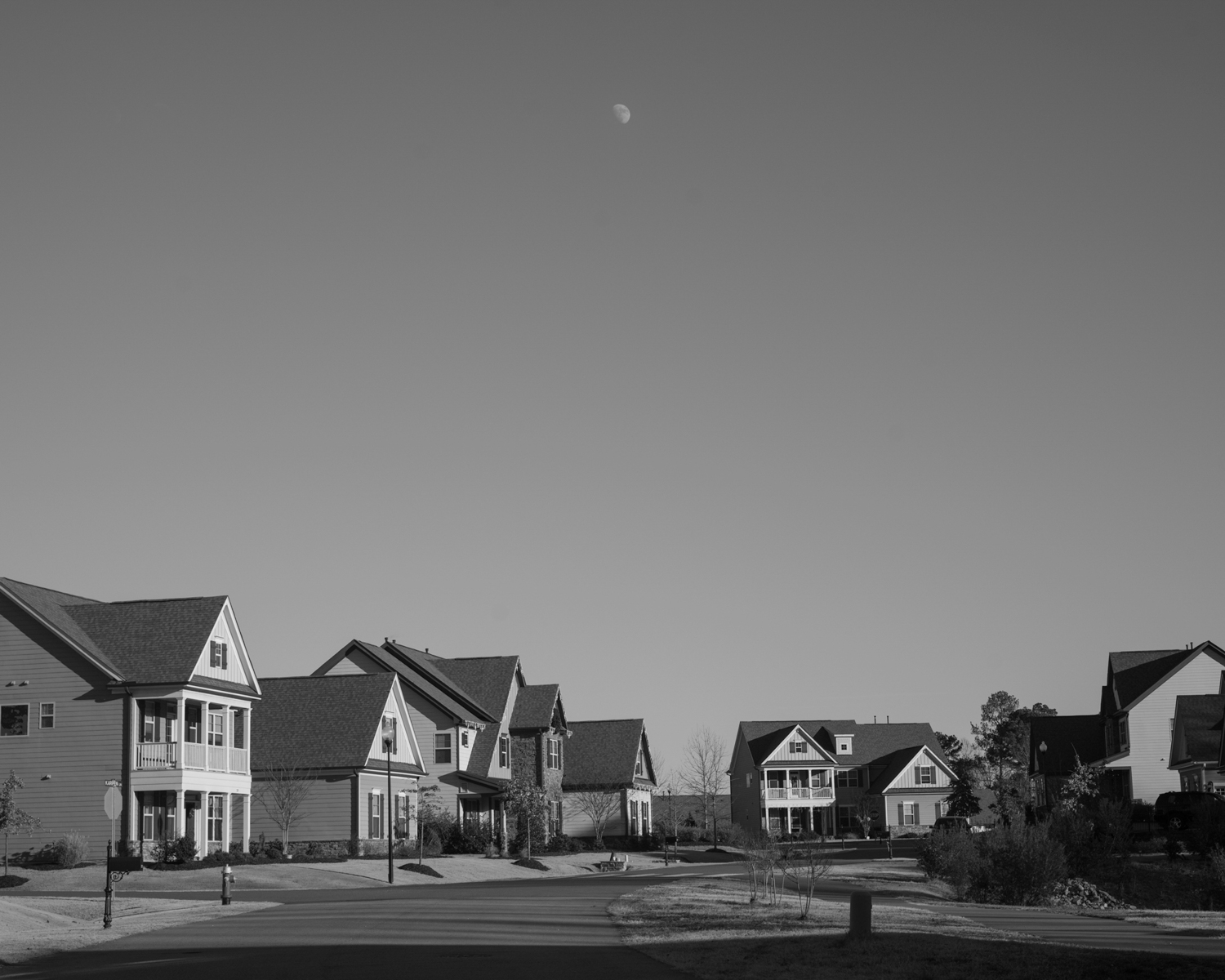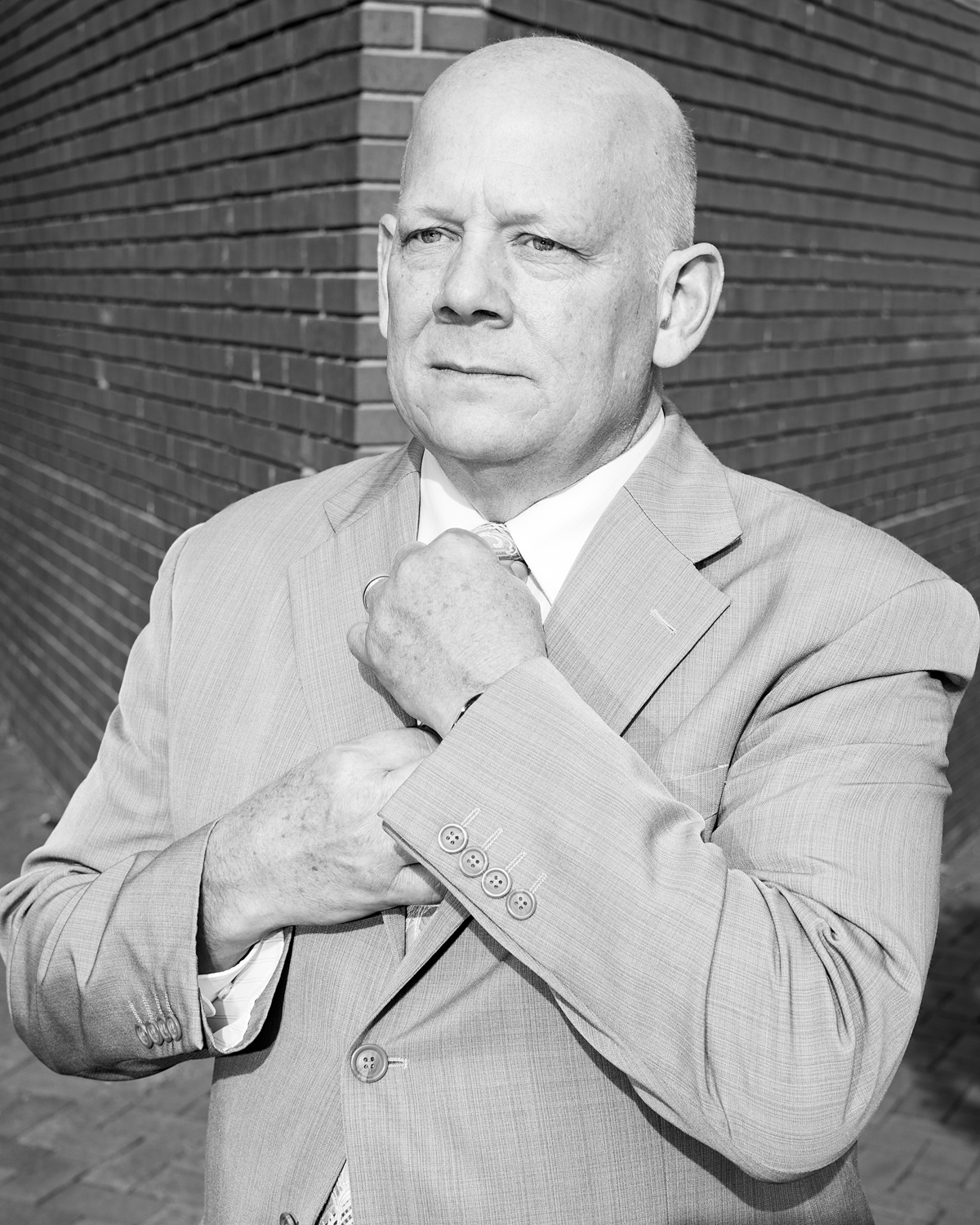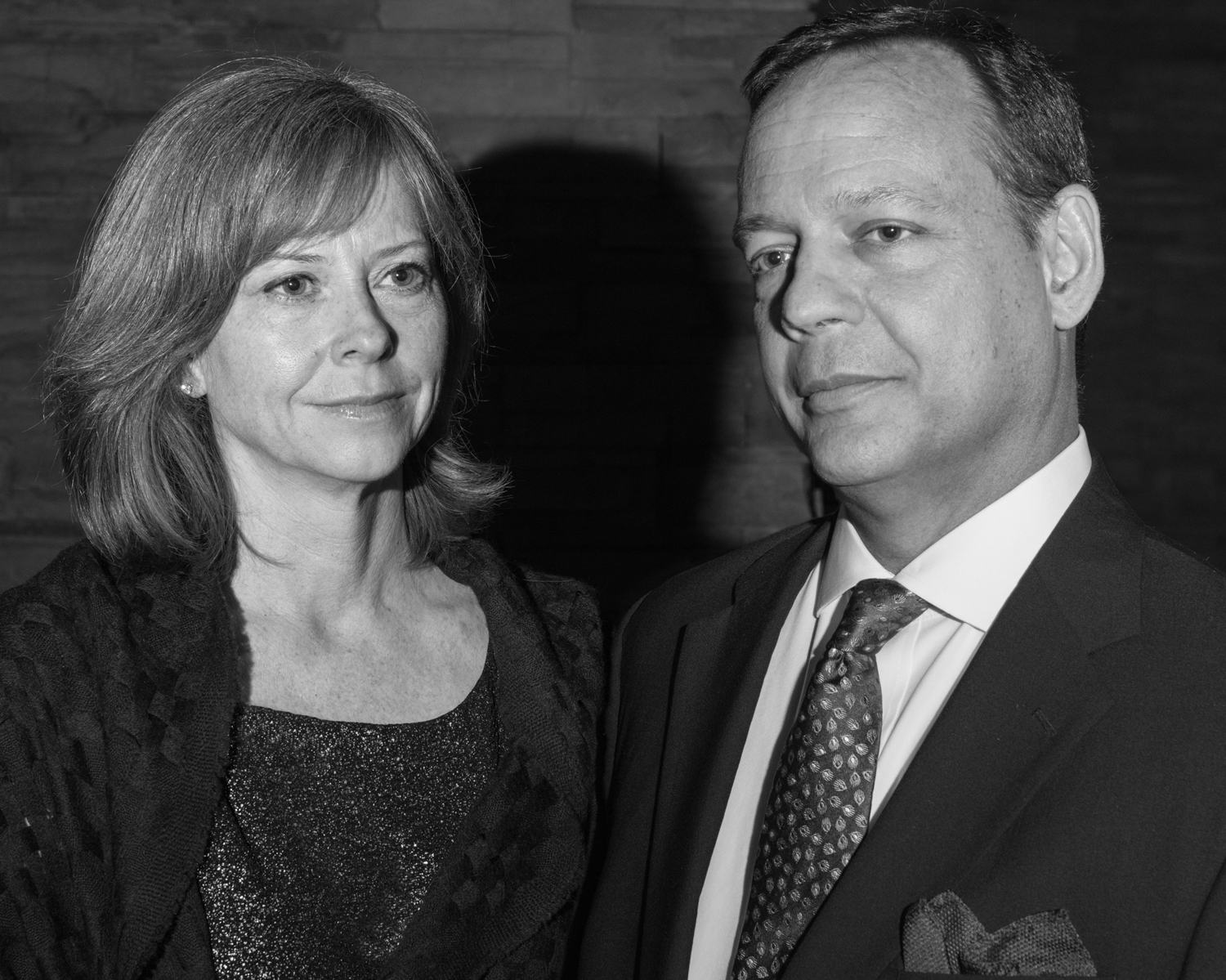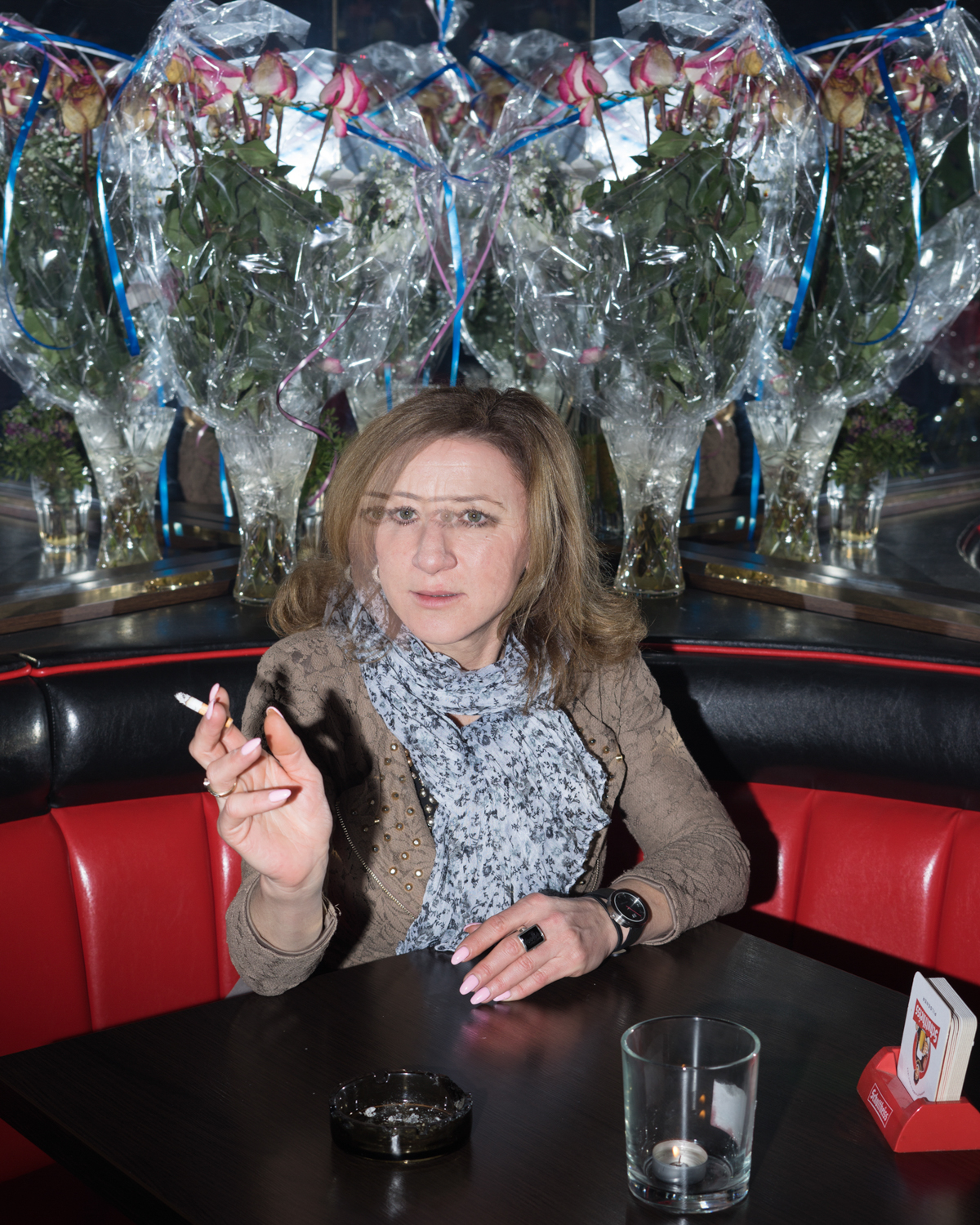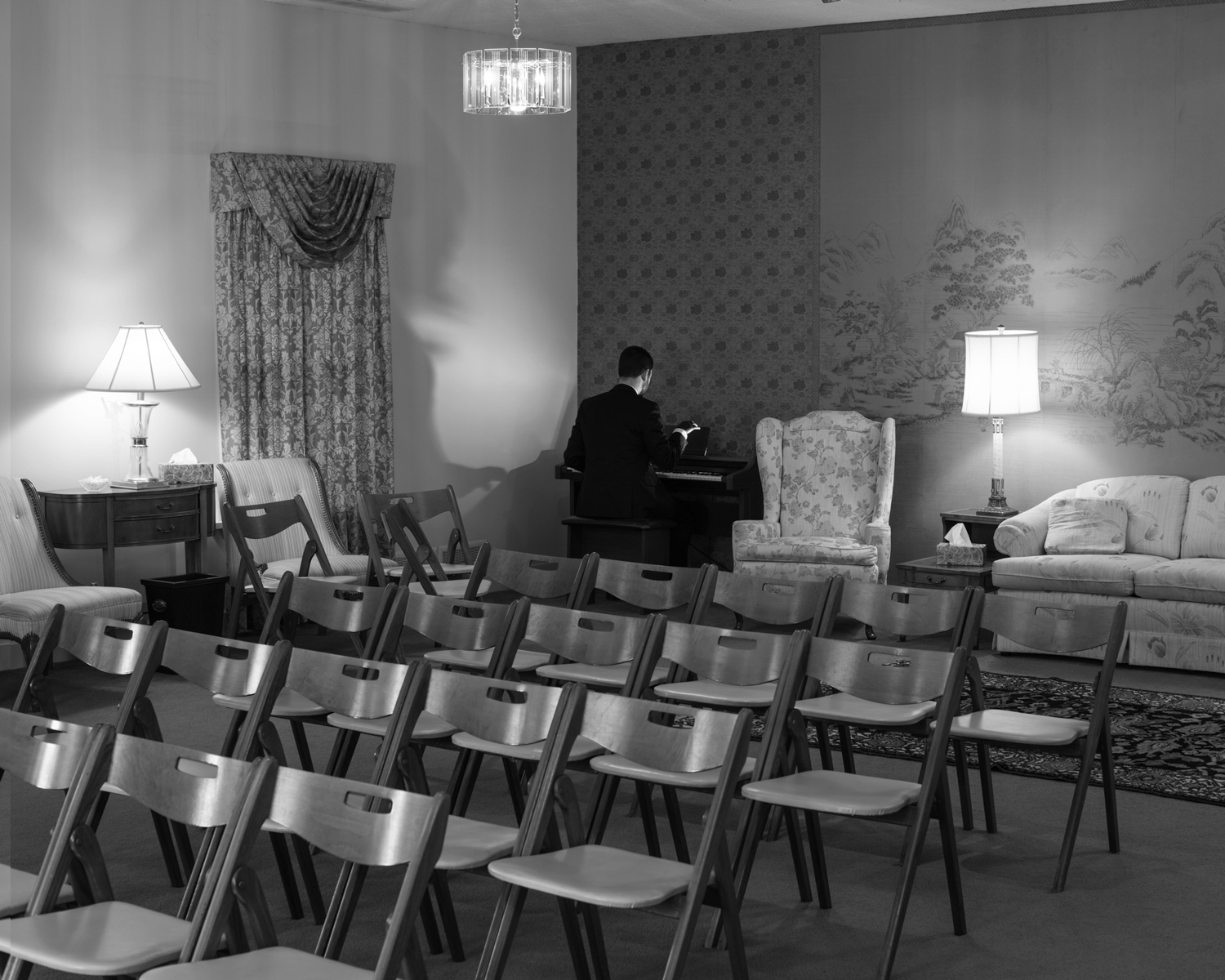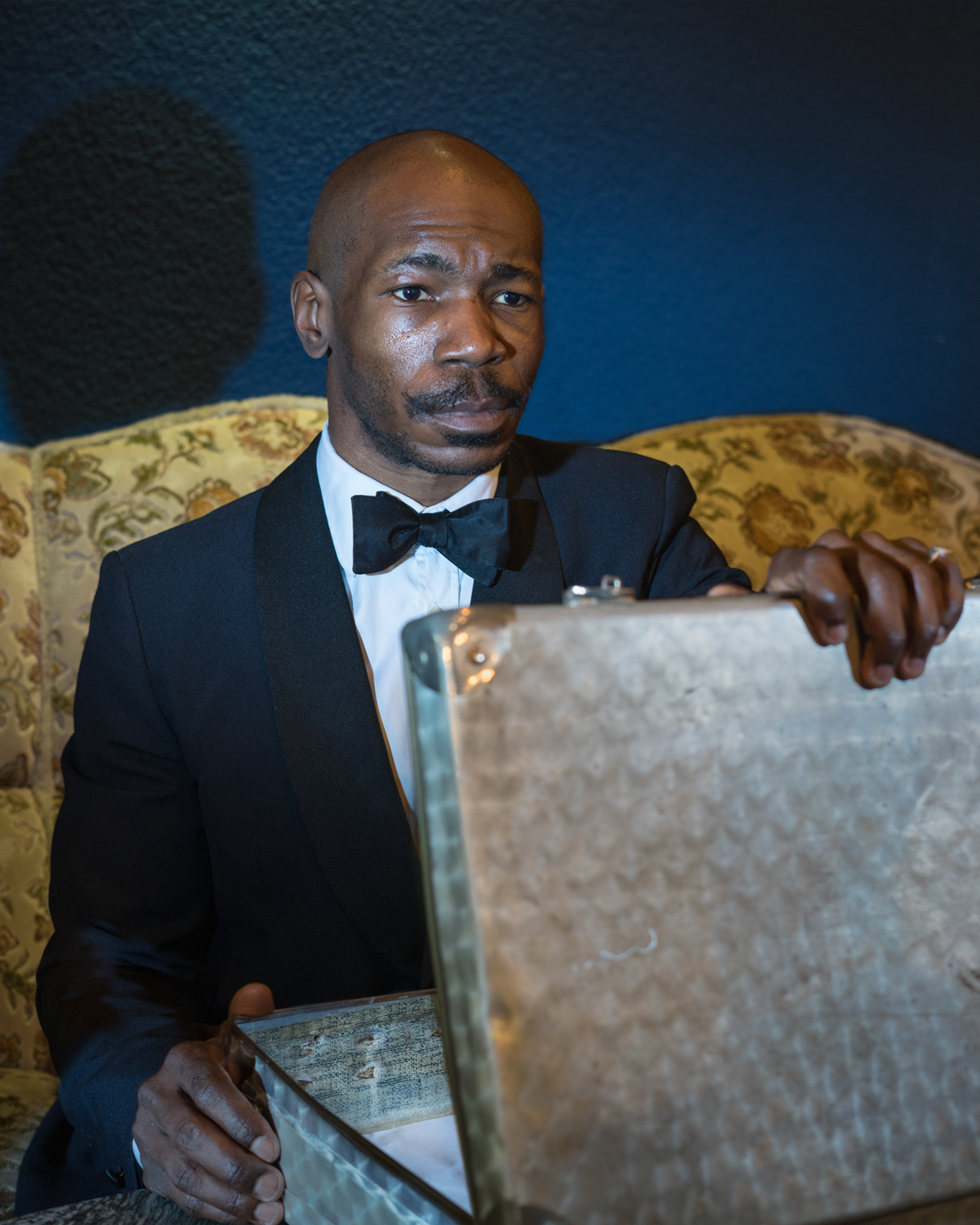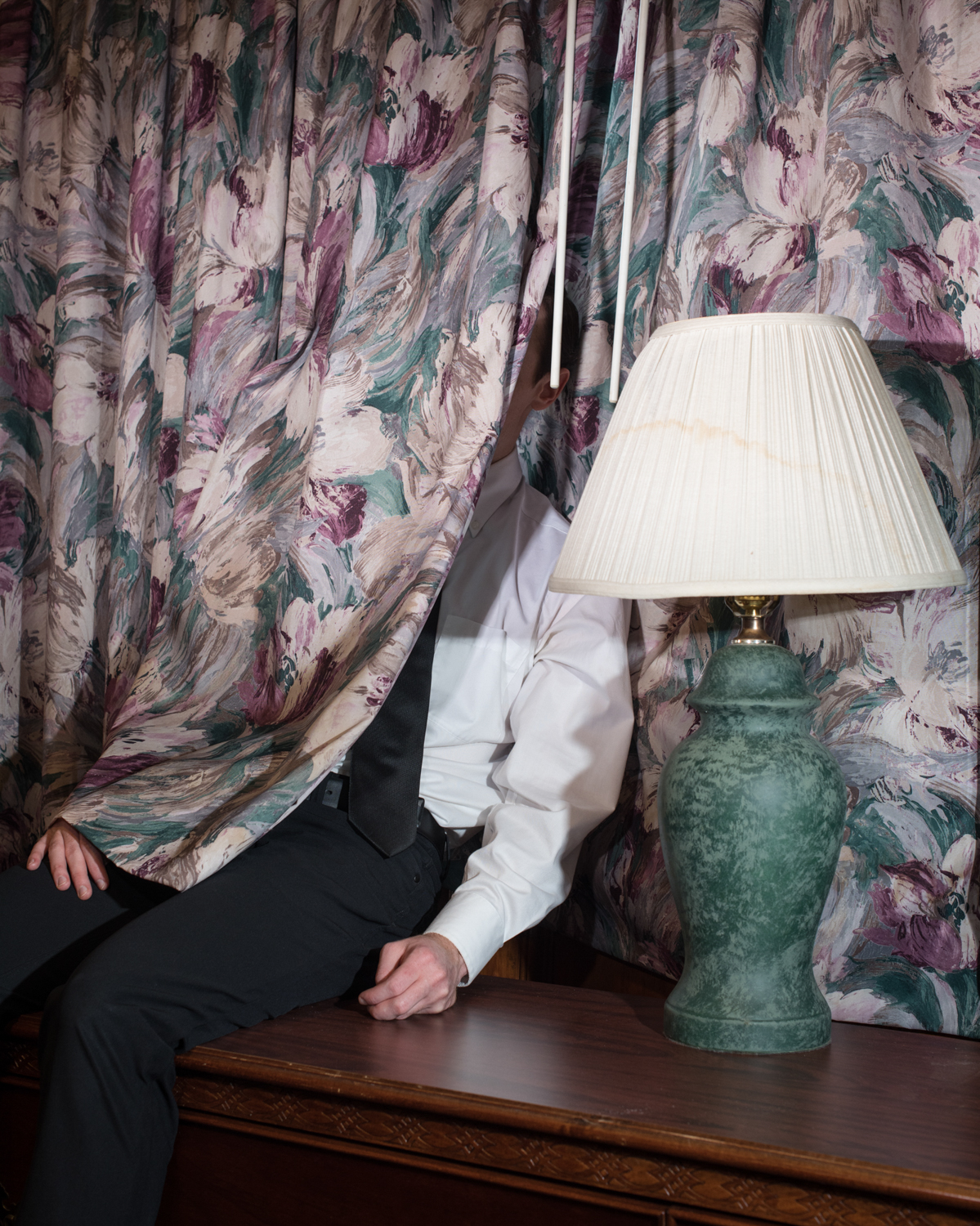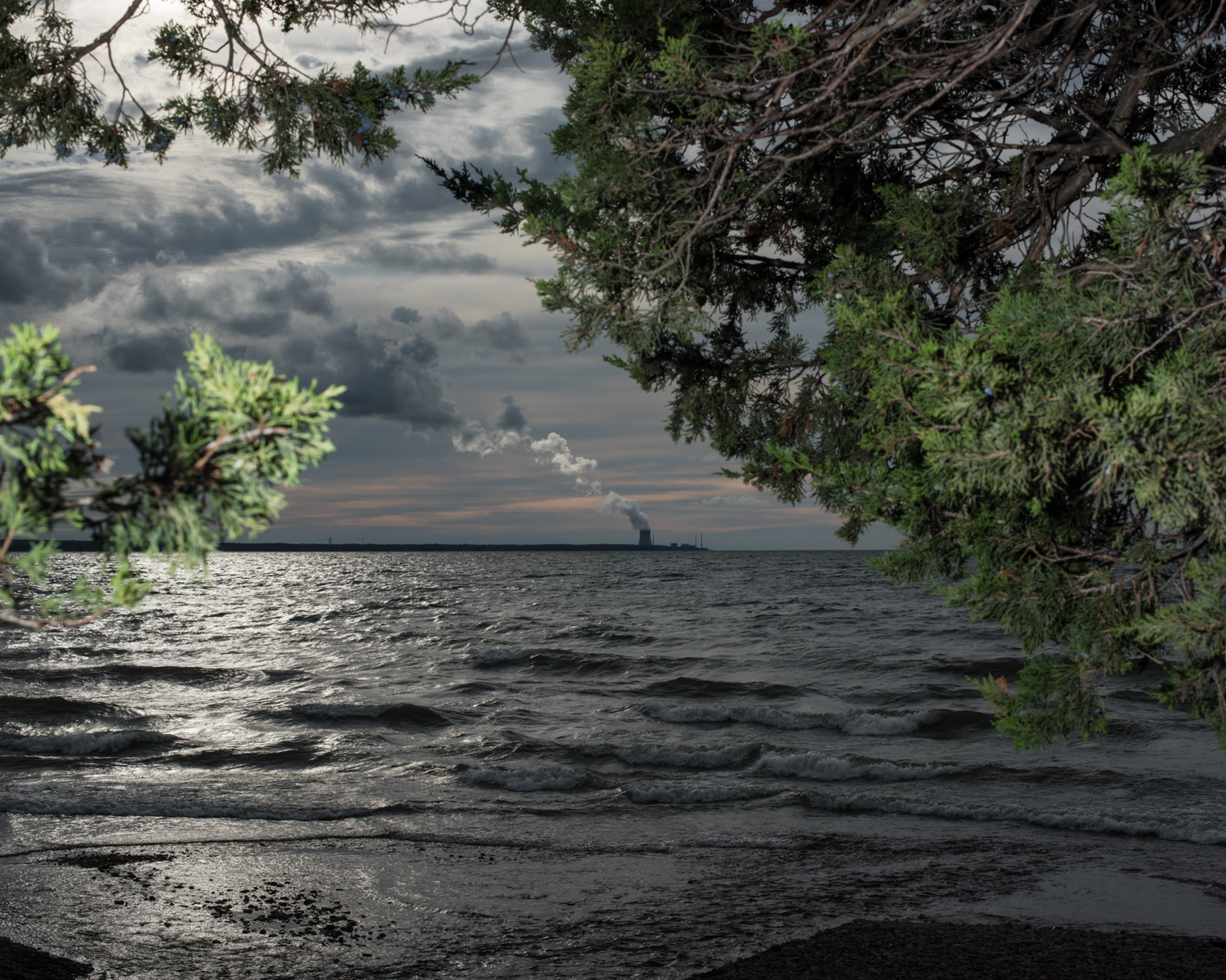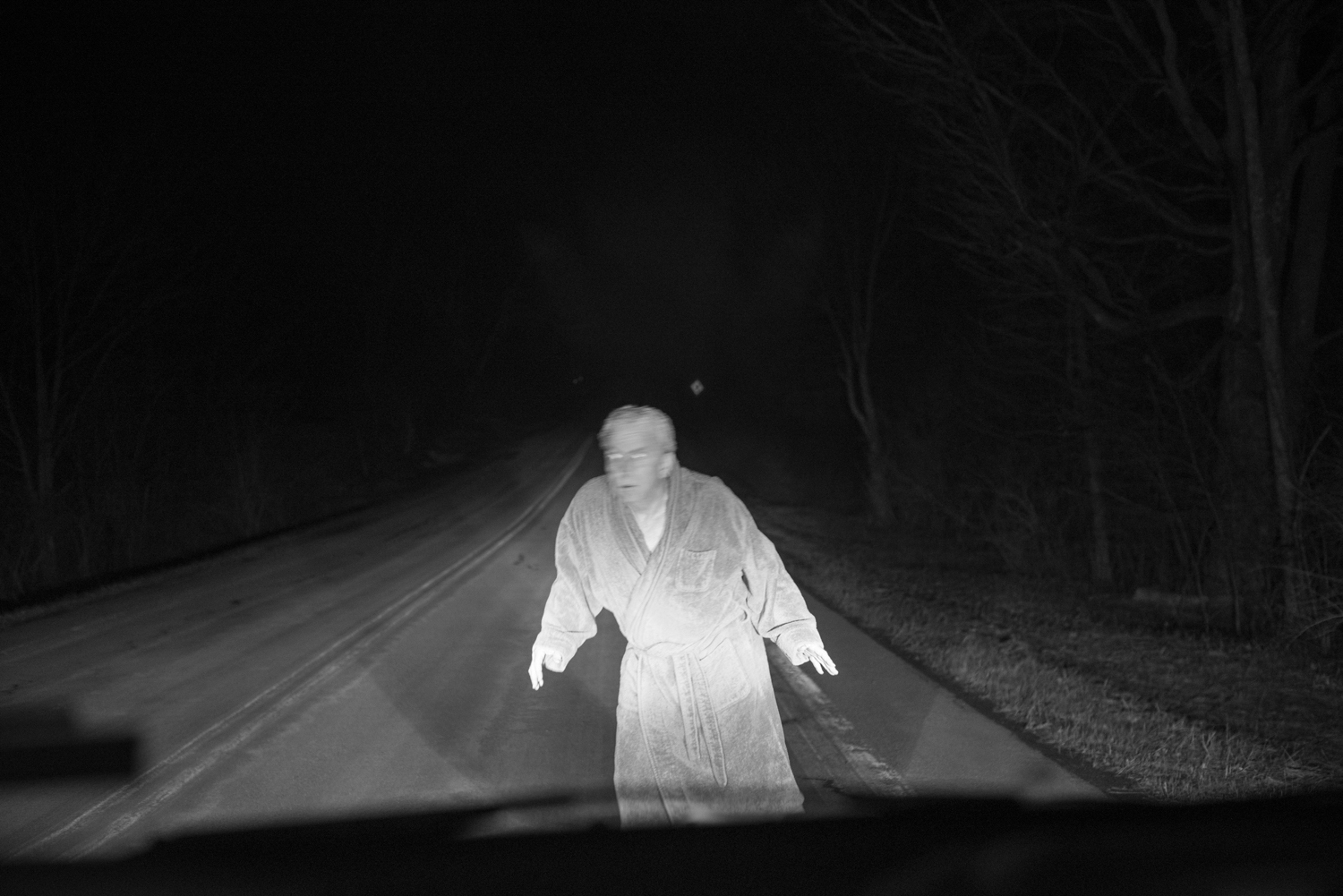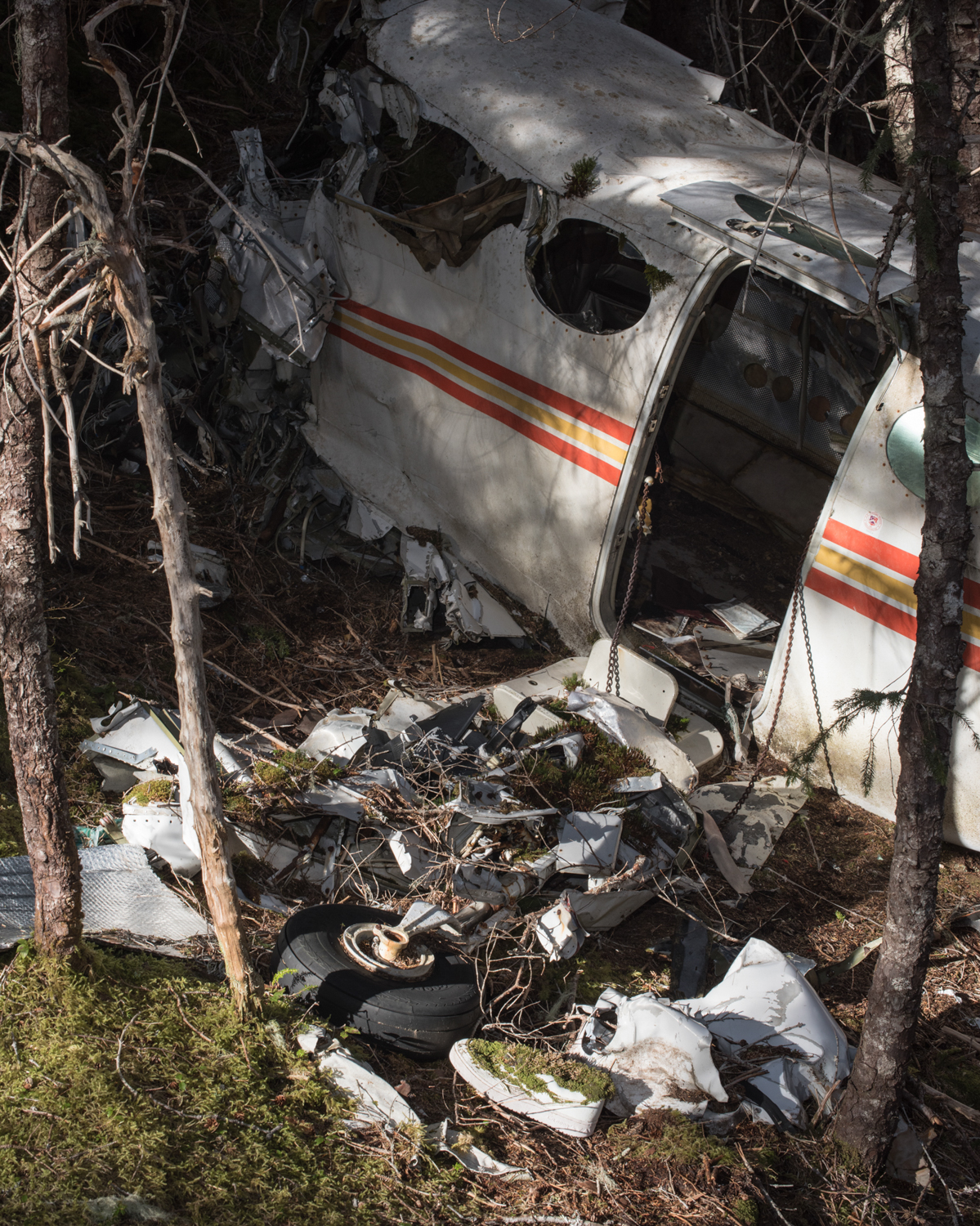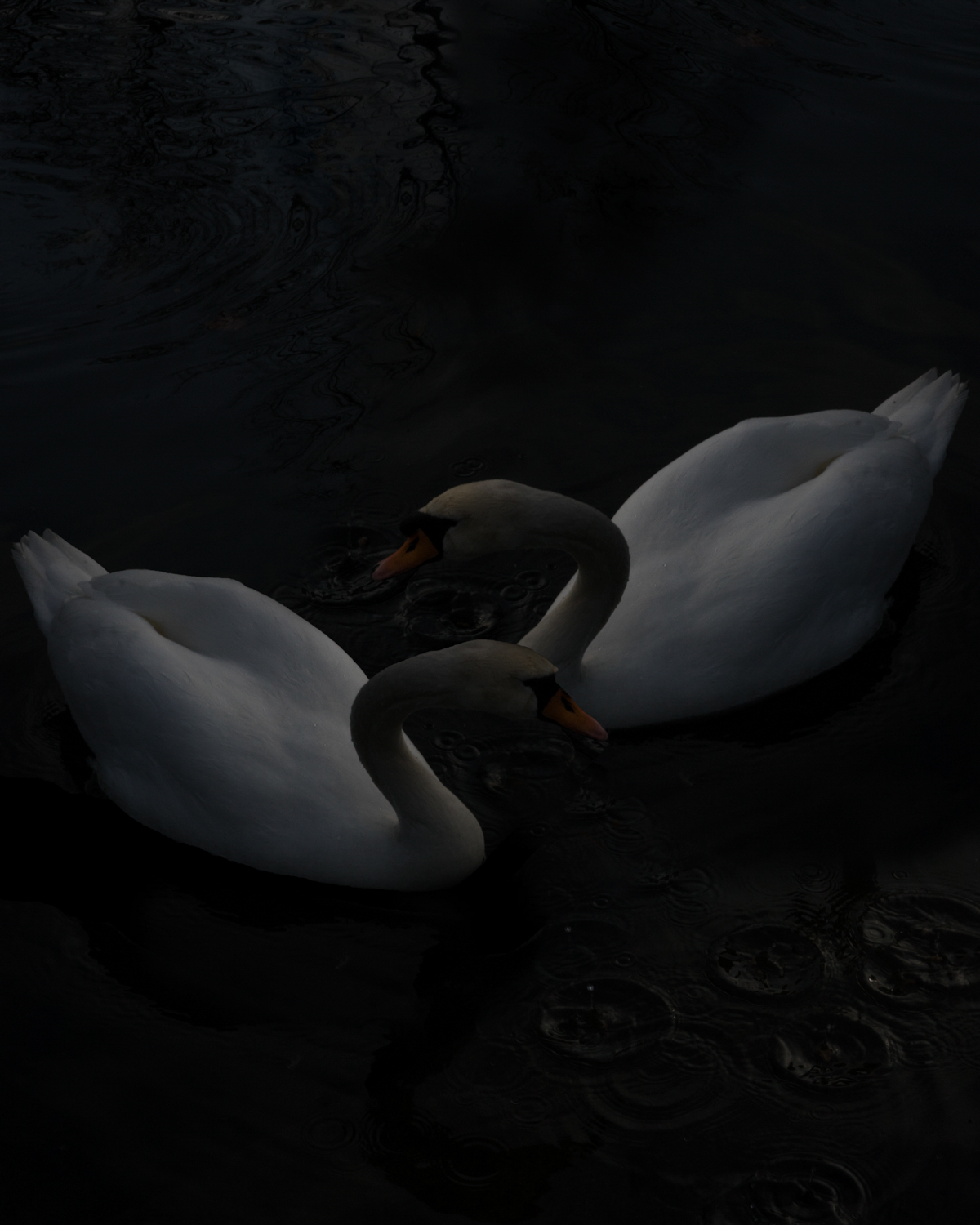DEVELOPER x Michael W. Hicks
When Aline Smithson sent me Michael W. Hicks’ work, I was immediately intrigued. When I looked at his images they brought me into a world that felt just on the other side of what feels familiar. Somehow his images find a striking balance between surreal and hyper-realistic, carrying with them a gravity and strange intimacy.This conversation chronicles the origins and future of his work, which he defines as uncanny normalcy. Something More Than Night truly lives up to its name, bringing a drama to the photographic stages that Hicks builds.
Michael W. Hicks was born in Middletown, New Jersey in 1982. He completed his MFA at Syracuse University, where he currently teaches photography. His work has been exhibited both nationally and internationally, including shows at the Haubrok Foundation in Berlin, Germany, at the SFO Museum in San Francisco, CA and at the Atlanta Photography Group in Atlanta, GA. He was recently shortlisted for the Lucie Foundation Scholarship and was a 2018 recipient of the High Museum Purchase Award.
Something More Than Night is driven by the search for purpose in an absurd world. I’m interested in how roles are performed in society and how they play into the search for meaning.
I consider myself both a casting director and a location scout. In creating a world, I seek out people and places that evoke an uncanny normalcy, of something that feels both real and manufactured, both of this world and set apart from it.
The subjects of my photographs are characters that I have cast as hotel clerks, salespeople, actors and actresses, bartenders, police detectives. They move through a manufactured landscape, playing their prescribed roles, existing in suspended moments of tension that never resolve, aware that death lies at the end of every road. The action is happening just out of frame, much like death, standing at the edge of what we can comprehend. – Michael W. Hicks
Brennan Booker: Hi Michael, thank you so much for speaking with me today about your work. I’m so looking forward to finding out more about your body of work, Something More than Night.
Michael W. Hicks: Hey Brennan, it’s nice to chat with you! Thanks for taking the time to interview me.
BB: How and where did this work begin? What motivated you to make this work and how did you solidify this selection of images?
MH: It started in the Fall of 2015 when I moved to Syracuse. I’ve always been interested in the businessman archetype, and the idea of wearing a suit as putting on a persona. When I first got to town I started wandering around the downtown area. I started to think about the idea of a businessman in a post-industrial landscape like that, just kind of drifting through this space. One of the first things I did was to hire an actor to play a Willy Loman-type character while I photographed him around town with a suit and briefcase. He was a great actor named Jack who had a Harry Dean Stanton vibe.
I had been thinking a lot about what gives life purpose, and how we have become alienated from ourselves and from real meaning in the current moment. I just have this feeling that so many of us are performing normalcy, performing that things are okay when they’re not. I’m really interested in the weirdness and despair and mystery that’s hidden underneath all those layers of pretense as we play our roles day after day. There’s this sense that we know something’s wrong but we can’t put our finger on what it is, because to even begin to tug on that string would cause so much of what we know to completely unravel.
I wanted to create my own world and to be more theatrical with the work. I wanted to be less specific in terms of place because it’s really about a psychological landscape for me. I felt like it would give me more creative freedom as well as enable me to make work anywhere. These images are made in Syracuse but also in Berlin, Reno, North Carolina, Ithaca, and elsewhere in Upstate NY.
With the editing, I thought of it in terms of creating a language that felt consistent but that was still offbeat and left room for surprises. Although there’s a suggestion of a story, it’s less about the narrative flicker between each image and more about the overall feel of the world that’s been created.
BB: I know you expressed to me that you were looking to begin the process of publishing this work as a monograph. As you look for a publisher for this work, what kind of considerations are you making to ensure that you launch this work the way that you want to?
MH: That’s a great question! The book format has so many possibilities. In terms of a publisher, I’m looking for someone who thinks of books the same way I do, which is to say I want to work with a designer who isn’t afraid to take some chances with the form while still providing a solid platform for the pictures. It’s a bummer when you see some photo books and it’s like the book is redundant. That’s one thing I know I don’t want. I want the book to stand on its own.
BB: You flow really nicely between color and black and white imagery. How does the relationship between these two visual languages function for you in this work, and your practice as a whole?
MH: I love how black & white can make things feel abstract and alienating, while color has a visceral, emotional quality to it. In terms of editing and sequencing, I love how black & white and color can play off of each other. For this project, my color palette is pretty muted, and I like using that. Some of my images feel like the color’s almost been bled out of them. I like seeing what happens when you have a passage of black and white images and punctuate it with something really monochromatic, or to incorporate some of these weird-looking pastels that a few of the pictures have. Or how you can move from black & white to color and back again. It’s another dimension to play with that I find really interesting.
BB: Finding the balance between anonymity and specificity in your subjects is really a difficult thing to evoke in images. How do you bring this out of the characters in your work and collaboration with them?
MH: A lot of it comes down to casting and location. Everyone I’m working with is their own specific person, but I’m drawn to them because they feel like characters to me. They might remind me of an archetype or someone from film or pop culture, or they’re inhabiting a role in how they carry themselves. I spend a lot of time scouting locations to photograph in – hotels, bars, ballrooms, theaters – spaces that are psychologically charged and have this uncanny quality that I’m trying to bring out.
The people that I collaborate with are amazing. In a lot of cases, they know what I’m going for and how to help me make it happen. Sometimes the encounter happens very spontaneously and there’s very little setup or discussion. In any case, the people I’ve worked with are incredibly generous with whatever they gave me.
BB: You come from a background outside of art. How does your Political Science influence the decisions you make regarding your photographic process? What advice would you give to people trying to build the connections between a different world and photography?
MH: It was five years after I graduated from college before I took up photography and another 5 years before I came to graduate school. In that time I had the chance to live in so many places, work so many weird jobs and cultivate all kinds of interests. That time was crucial to actually to figure out who I am and what my point of view is outside of the art realm. It’s time and experience outside that bubble that I am really grateful to have.
If it’s someone coming from a non-art degree, I would say to try to have access to a place with a vibrant art community, start hanging out with photographers who are way better than you and make as much work as you can in order to learn and grow. Find people whose artistic opinions you trust. If it’s someone coming from an art degree, my advice might be the same. In any case, it’s important along the way to try to figure out who you are and what your perspective is outside of art, and that comes from lived experience and engaging with the world. The art will come when you have something to say.
BB: It seems like the community at Syracuse, where you did your MFA in Photography, was really important to your work, and studio practice. What advice do you have to people who are in the process of looking at schools and trying to find the community and place to make work that is right for them?
MH: This is so important! For me, I didn’t want to go to school in a big city, because of A.) Cost of living would be prohibitively high, and B.) I wanted to make work somewhere that I felt like I could discover on my own. So that eliminated a lot of places right there. I had already lived and made work in Maine and Alaska, so I knew I could be okay with the climate and location. I knew Syracuse had a really strong faculty. I knew they had some funding to give, which was also really important. I knew there was the potential to teach as a graduate student, which I wanted, and that there wasn’t any specific dogma in terms of what kind of work you could or should make. It was also a research institution, not an arts-only school, which I liked because I could get exposed to other things. I liked that it was a three-year program, which would give me more time to work and grow.
But as far as the community goes, you can visit and go to a critique and meet the faculty and students, but you really don’t know what it’s going to be like until you show up. I got lucky in that my community was great. I would suggest that prospective students make pros and cons lists according to what their own priorities are – it sounds basic but it really helps!
BB: Thanks so much for speaking with me! Best of luck with all your future endeavors and with finding a publisher for this incredible body of work. Where can we keep up with you and your work?
MH: Thanks for taking the time Brennan, it was a pleasure! You can follow me on instagram @michael.w.hicks or my website, http://www.michaelwhicks.com. I’ve got some exciting new stuff in the works, so stay tuned!
Posts on Lenscratch may not be reproduced without the permission of the Lenscratch staff and the photographer.
Recommended
-
Interview with Maja Daniels: Gertrud, Natural Phenomena, and Alternative TimelinesNovember 16th, 2025
-
MG Vander Elst: SilencesOctober 21st, 2025
-
Photography Educator: Josh BirnbaumOctober 10th, 2025
-
Aiko Wakao Austin: What we inheritOctober 9th, 2025
-
Mara Magyarosi-Laytner: The Untended GardenOctober 8th, 2025

